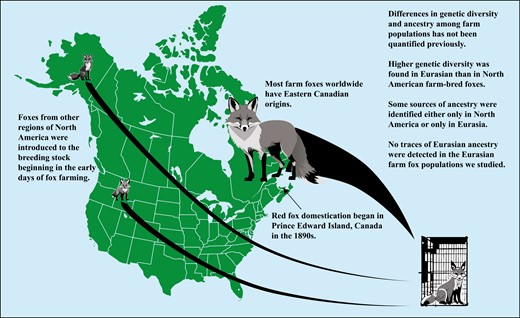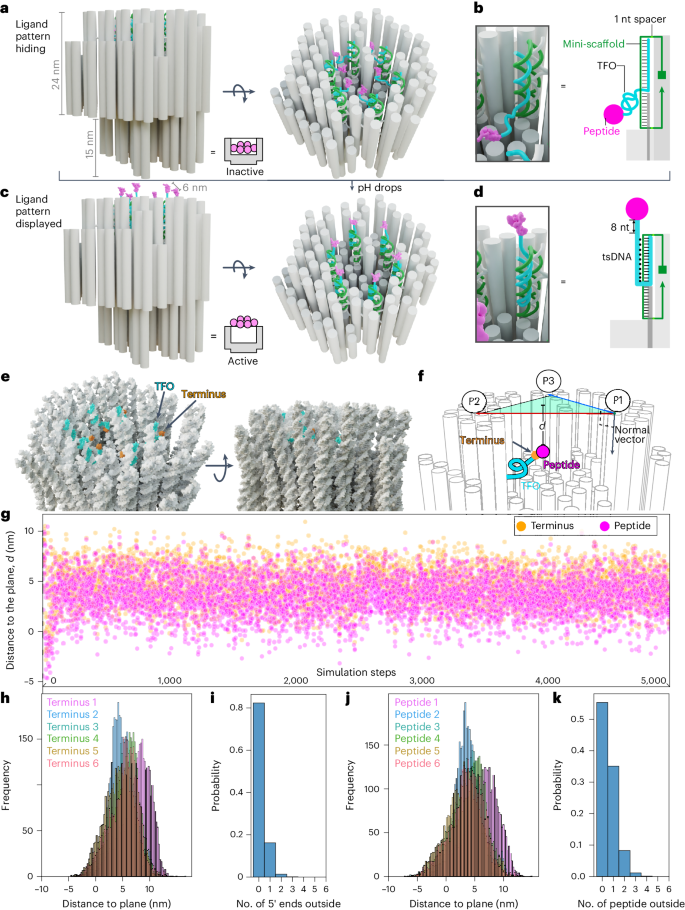2024-07-01 イリノイ大学アーバナ・シャンペーン校
<関連情報>
- https://aces.illinois.edu/news/genetic-patterns-worlds-farmed-domesticated-foxes-revealed-historical-deep-dive
- https://academic.oup.com/jhered/advance-article-abstract/doi/10.1093/jhered/esae022/7646377
失われつつある現代の家畜の歴史: 養殖アカギツネ個体群の歴史的人口統計と遺伝的多様性 Missing history of a modern domesticate: Historical demographics and genetic diversity in farm-bred red fox populations
Halie M Rando, Emmarie P Alexander, Sophie Preckler-Quisquater, Cate B Quinn, Jeremy T Stutchman, Jennifer L Johnson, Estelle R Bastounes, Beata Horecka, Kristina L Black, Michael P Robson …
Journal of Heredity Published:16 April 2024
DOI:https://doi.org/10.1093/jhered/esae022
Abstract
The first record of captive-bred red foxes (Vulpes vulpes) dates to 1896 when a breeding enterprise emerged in the provinces of Atlantic Canada. Because its domestication happened during recent history, the red fox offers a unique opportunity to examine the genetic diversity of an emerging domesticated species in the context of documented historical and economic influences. In particular, the historical record suggests that North American and Eurasian farm-bred populations likely experienced different demographic trajectories. Here, we focus on the likely impacts of founder effects and genetic drift given historical trends in fox farming on North American and Eurasian farms. A total of 15 mitochondrial haplotypes were identified in 369 foxes from 10 farm populations that we genotyped (n = 161) or that were previously published. All haplotypes are endemic to North America. Although most haplotypes were consistent with eastern Canadian ancestry, a small number of foxes carried haplotypes typically found in Alaska and other regions of western North America. The presence of these haplotypes supports historical reports of wild foxes outside of Atlantic Canada being introduced into the breeding stock. These putative Alaskan and Western haplotypes were more frequently identified in Eurasian farms compared to North American farms, consistent with historical documentation suggesting that Eurasian economic and breeding practices were likely to maintain low-frequency haplotypes more effectively than in North America. Contextualizing inter- vs. intra-farm genetic diversity alongside the historical record is critical to understanding the origins of this emerging domesticate and the relationships between wild and farm-bred fox populations.

Graphical Abstract


